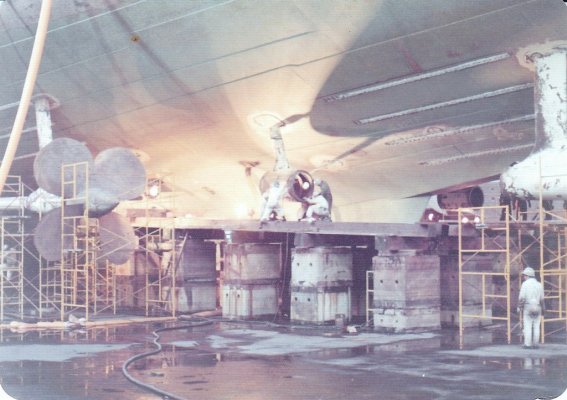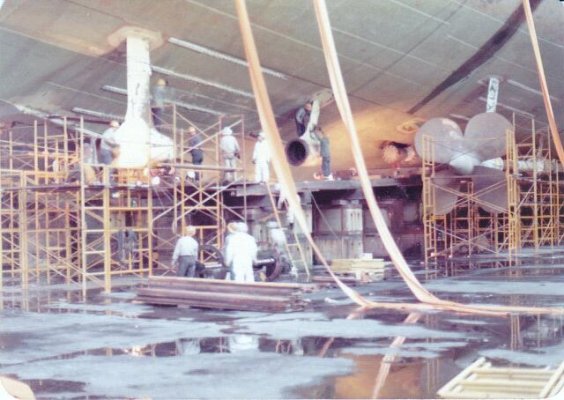wwestman
Senior Member
- Joined
- Apr 20, 2015
- Messages
- 395
- Location
- USA
- Vessel Name
- Excellent Adventure
- Vessel Make
- 1995 Jefferson Ker Shine 45
This may have already been covered but....
When I hauled out the only zincs were drivers dreams on the stern which re supposed to be bonded to everything. That is to be determined by a bonding check before we splash.
There were no zincs on the shafts and the remains of one zinc on one trim tab and the hole and circle of missing paint where there was one (at one time) on the other trim tab.
So I have replaced the trim tab zincs and the two transom plates. I am also adding zincs to the shafts and to the swim platform uprights where they are in the water.
My assumption is that the trim tabs were not part of the bonding system and probably no easy way to fix that.
Now can you theoretically have too many zincs? What is the downside of having more zincs? Is there a downside? How do you figure out how many zincs to use?
When I hauled out the only zincs were drivers dreams on the stern which re supposed to be bonded to everything. That is to be determined by a bonding check before we splash.
There were no zincs on the shafts and the remains of one zinc on one trim tab and the hole and circle of missing paint where there was one (at one time) on the other trim tab.
So I have replaced the trim tab zincs and the two transom plates. I am also adding zincs to the shafts and to the swim platform uprights where they are in the water.
My assumption is that the trim tabs were not part of the bonding system and probably no easy way to fix that.
Now can you theoretically have too many zincs? What is the downside of having more zincs? Is there a downside? How do you figure out how many zincs to use?


